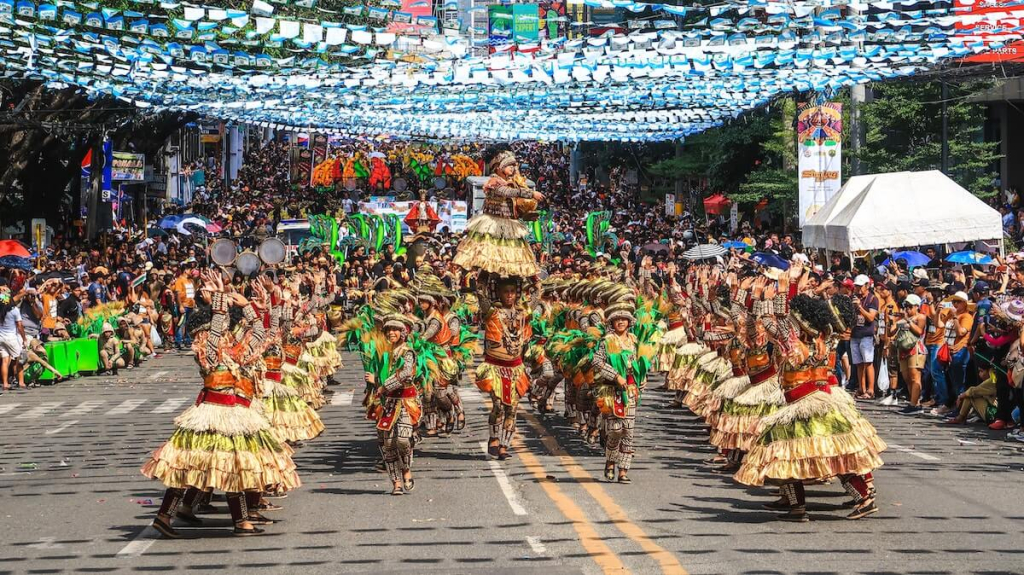
Philippine festivals are grandiose, spectacular, and a must-see not just for the locals but also for foreigners in the country. The colorful display of music and dance dazzles the audiences and transcends cultural boundaries.
The diversity of the three major island clusters in the archipelago—Luzon, Visayas, and Mindanao, provides a rich spectrum of traditions represented in these festivals. Here is a cheat sheet on the not-to-miss festivals to highlight your 2023.
January
Ati-Atihan Festival: January 15
A cultural celebration every third Sunday of January, Ati-Atihan Festival commemorates the patron saint of Aklan, the Sto. Niño. Religious processions and vibrant parades march the streets of Kalibo and nearby towns, while dancers and locals with their soot-stained skins shout Hala Bira! to energize the viewing crowds.
Sinulog Festival: January 15
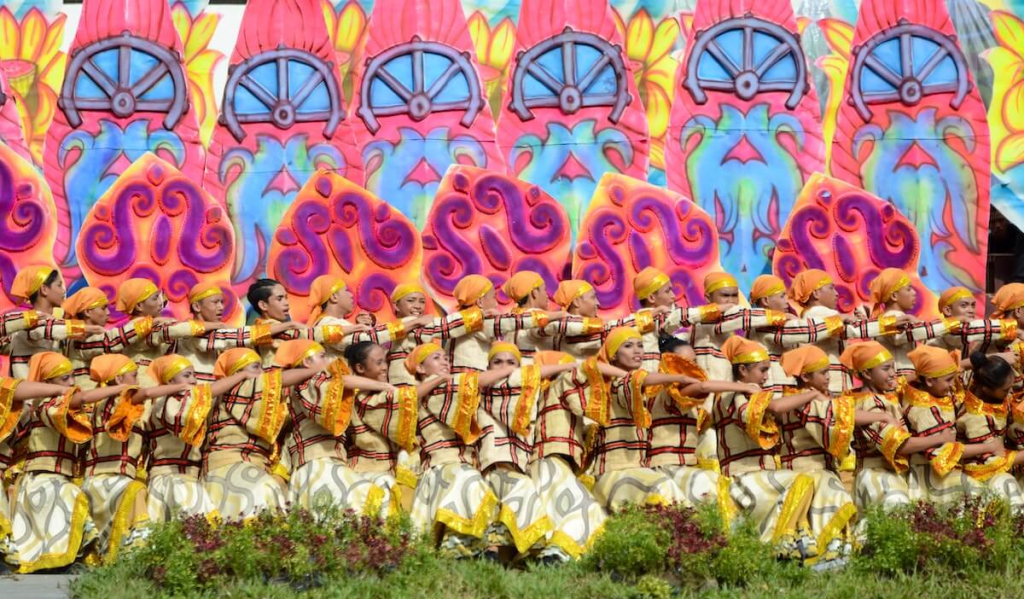
Similar to Ati-Atihan is the Sinulog Festival in Cebu, which celebrates the infant Jesus. The biggest festival in the Philippines, Sinulog is known for its citywide street parties that begin an evening before and end the night after the festival.
Dinagyang Festival: January 13 to 22
Dinagyang completes the series of festivities for the Sto. Niño. Held on the fourth Sunday of January in Iloilo City, the festival is one of the famous festivals, flocked by millions of tourists every year. The Queen of All Philippine Festivals, Dinagyang is awarded the Best Tourism Event in 2006 to 2008 and 2020 to 2021.
February
Hamaka Festival: February 12 to 18
A portmanteau of the words hamba, makina, and kasuotan—woodwork, sewing machine, and clothing in Engligh, respectively—this festival in Taytay, Rizal honors the artistry of the locals in handicrafts.
Paraw Regatta Festival: February 19
The largest sailing event in the Philippines, Paraw Regatta Festival is a celebration of the local sailboat industry. Held every third weekend of February in Iloilo, the highlight of the affair is a paraw sail boat race that begins from the coast of Panay to the shores of Guimaras.
March
Alimango Festival: March 22
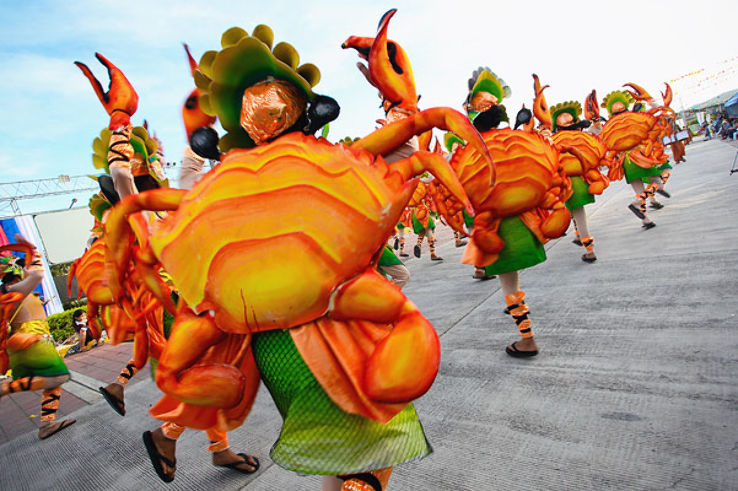
The Alimango Festival marks the abundance of the crustaceans in the province of Lanao Del Norte. Centered on the town of Lala, the streets are peppered with crab-themed street dances, races, and agricultural trade fairs.
April
Moriones Festival
A Lenten festival that honors the story of St. Longinus, a Roman morion who converted to Christianity after piercing the side of the crucified Jesus Christ, Moriones takes place every year during Holy Week in the island of Marinduque. Dressed like the biblical soldiers—painted masks, helmets, and brightly colored tunics—practitioners march around the town for seven days for penance.
May
Pahiyas Festival: May 15
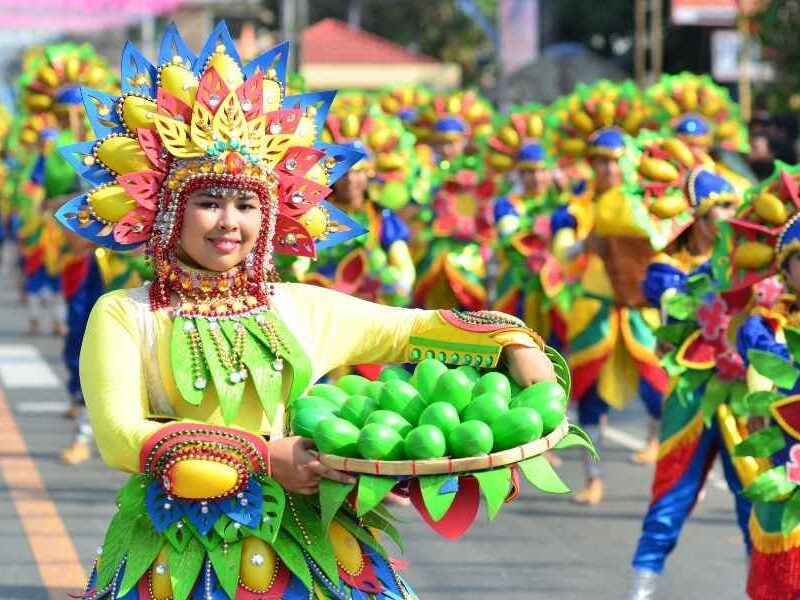
A thanksgiving festival for a bountiful harvest, Pahiyas is in honor of San Isidro Labrador, the patron saint of farmers. Celebrated in Lucban, Quezon, locals embellish their home fronts with produce, handicraft, and kiping—family-made rice wafers.
Obando Festival: May 17 to 19
The fertility dance rites in Obando, Bulacan every May is particularly appealing to couples wanting to bear children. Those who have visited the festival of St. Clare of Assisi swear by her grace after visiting or giving their panata or covenant.
June
Hibok-Hibok Festival: June 24
The noble life of St. John the Baptist is commemorated yearly at the Hibok-Hibok Festival with a river parade and water sports. People pay their respects to the saint by going to the beach to swim and sunbathe after hearing a mass.
Pinayasan Festival: June 24 to 25
Pineapple Festival, known locally as Pinayasan, happens in Daet, Camarines Norte every June. This festival highlights formosa, a specie of pineapple native to the province.
Lami-Lamihan Festival: June 29
Lami-Lamihan is a colorful mix of Catholic and Yakan traditions, with locals honoring St. Peter while wearing colorful traditional costumes. It is celebrated every June 29, the foundation day of the town of Lamitan.
July
Sandugo Festival: July1
The Sandugo Festival is held in Bohol every July to commemorate the sanduguan or blood compact between Datu Sikatuna and Spanish conquistador Miguel Lopez de Legazpi in Tagbilaran. A number of events mark this festival, but the highlight is a street dancing competition participated in by barangays and educational institutions in the city.
Pagoda Festival: July 2
The Bocaue Pagoda Festival is a religious event that takes place annually in Bulacan. It is best known for the Holy Cross of the Wawa river procession, with the Catholic relic placed atop a pagoda, while smaller boats circle it.
August
Kadayawan Festival: August 14 to 20
Kadayawan is an annual festival recognizing the abundance attained by the King City of the South. This festival puts a spotlight to the 11 tribes present in Davao City through Indak-Indak sa Kadalanan, a street dance contest that displays the diversity of the region.
Gigantes Festival: August 19
Giants made of papier-mache adorn the streets of Lucban, Quezon every August 19, carried on the shoulders of practitioners who have given their panata. They come in pairs, called mag-asawa, and are as high as 14 feet tall.
September
Bicol Food Festival: September 1 to 30
By its name, Bicol Food Festival is a celebration of the unique delicacies of the region. Foodies around the country have the chance to taste Bicolano dishes like Bicol Express, laing, and tilmok.
October
MassKara Festival: October 1 to 30
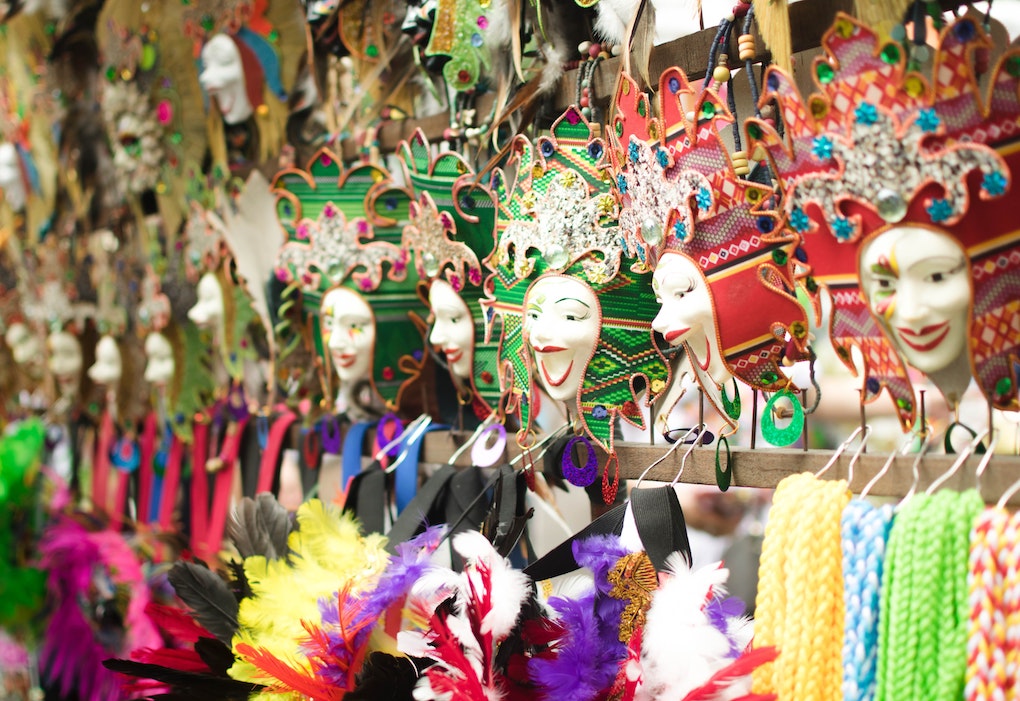
Taking place in Bacolod, MassKara gives credit to the people who make elaborate masks the city is renowned for. Concerts, fashion shows, talent nights, and street dances happen throughout the month.
November
Pintaflores Festival: November 1 to 7
Every November, San Carlos City, Negros Occidental, celebrates the Pintaflores Festival, commemorating the legend of Princess Nabingka’s journey from Cebu. Pintaflores is a portmanteau of pinta, which means paint, and flores, which means flowers.
December
Giant Lantern Festival: December 16
San Fernando City, Pampanga, is hailed as the Christmas Capital of the Philippines, and to celebrate the holidays, the city holds the Giant Lantern Festival. There is an annual lantern-making competition participated in by different barangays, and these large structures are featured during the simbang gabi.
Your next home in the Philippines
Camella, the Philippines’ trusted homebuilder for over four decades, is present in 49 provinces and 147 key cities and municipalities. Camella joins in the celebrations by creating special events or participating in the festivities. Have a good time in these festivals with Camella and come home to your next house and lot in the Philippines.
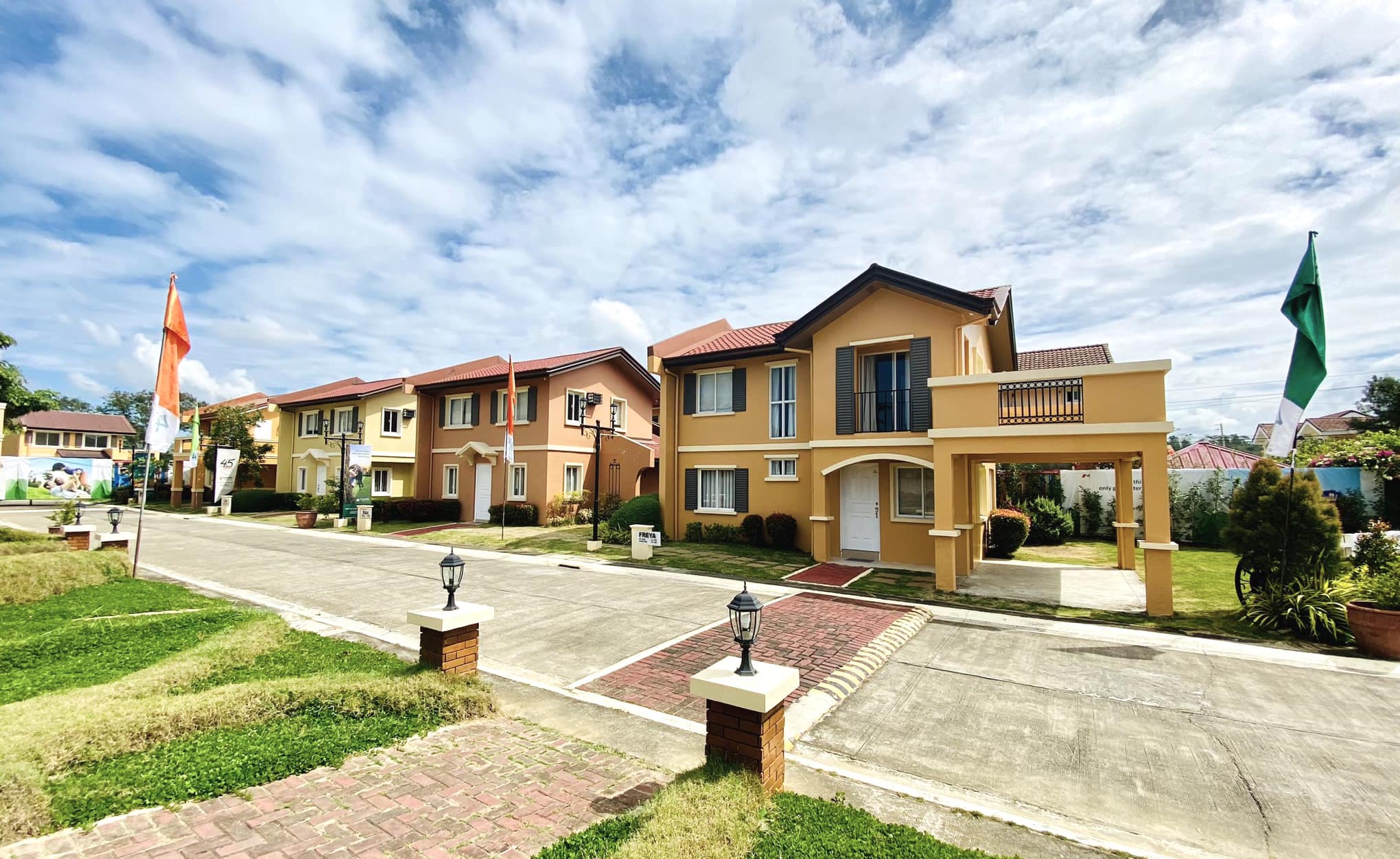
Check out our House and Lot for Sale Properties
Discover our house and lot for sale properties in the Philippines


